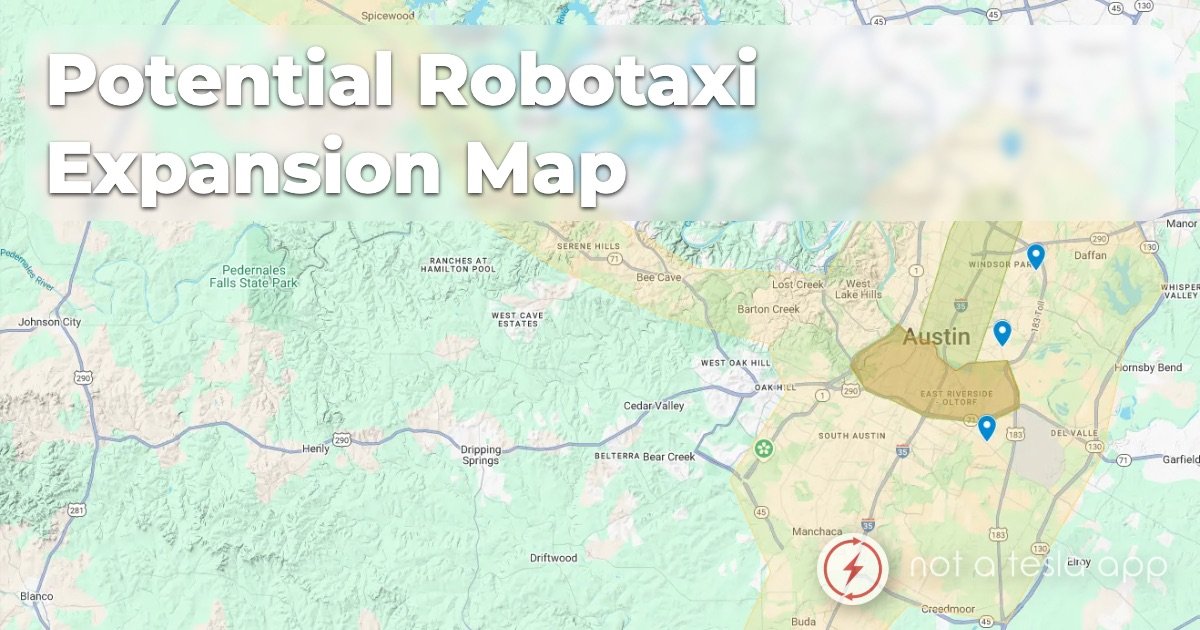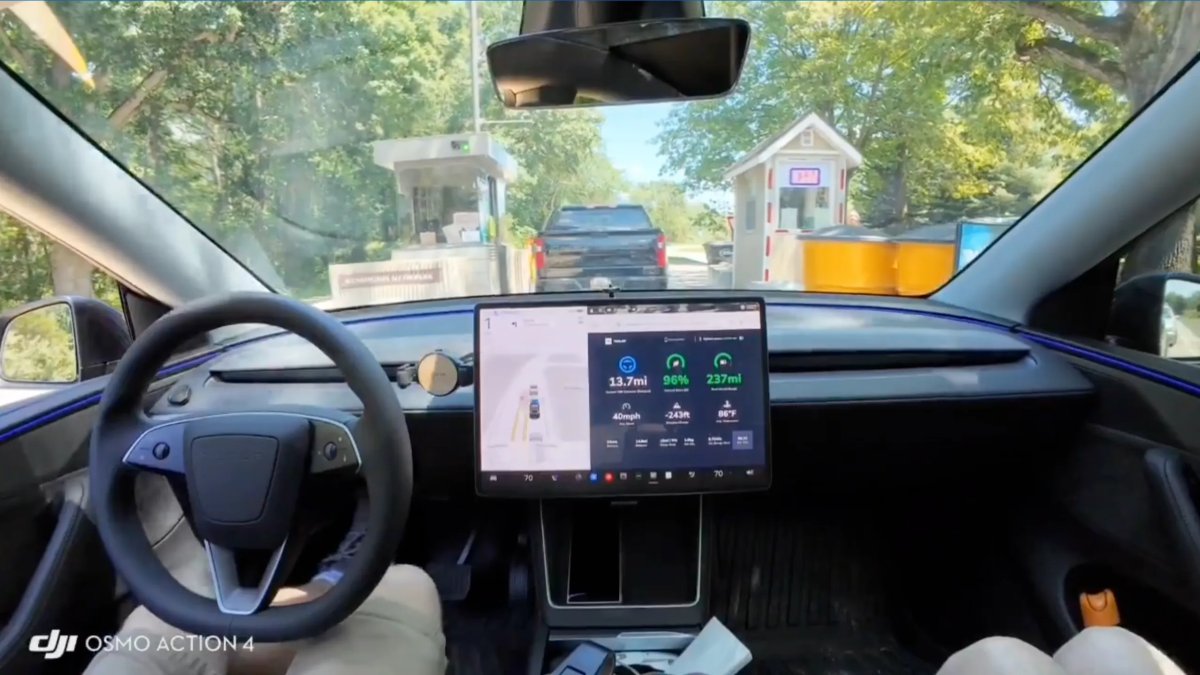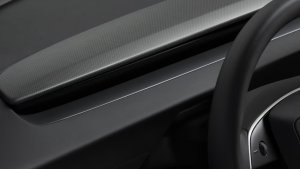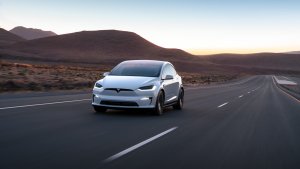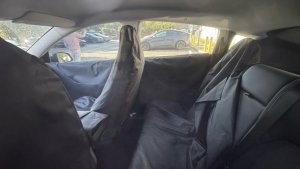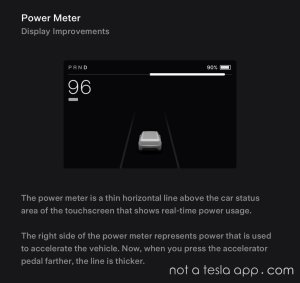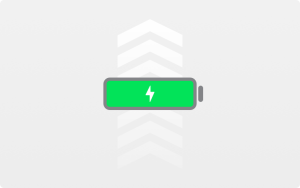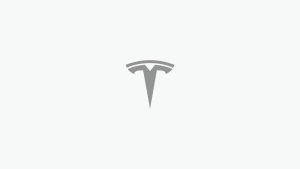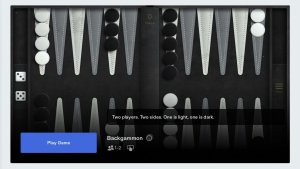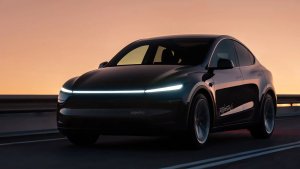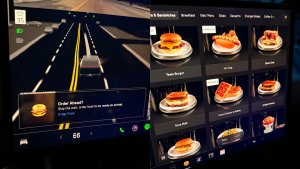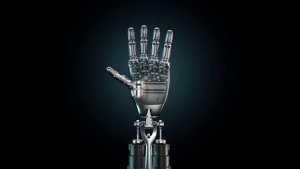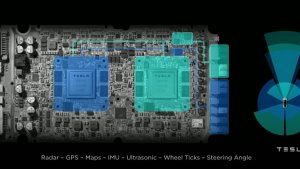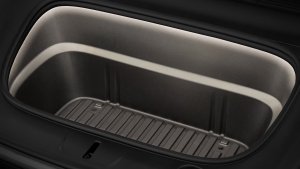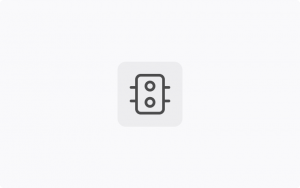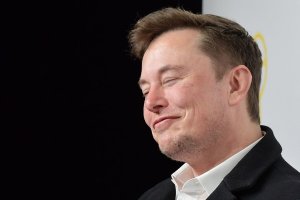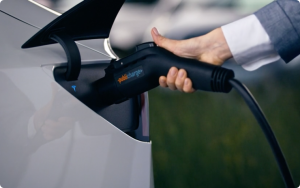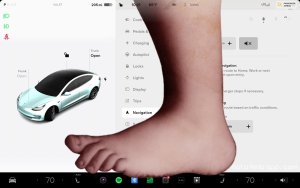How the 25% Auto Tariffs Will Impact Tesla

On March 27, the U.S. Administration announced a 25% tariff on all imported vehicles and foreign-made automotive parts, an attempt to strengthen domestic manufacturing. Currently, Tesla and Rivian stand out as the major EV automakers with a predominantly U.S.-built lineup.
In this analysis, we’ll explore the potential impact of these tariffs, examining key factors and what they mean for the industry moving forward.
Percentage of American Parts
One key item we want to point out here before we continue is that the NHTSA defines North American made parts as parts built in either the United States or Canada - Mexico is not included in this number. In November 2024, we found out the percentage of parts Tesla uses that come from the U.S. and Canada. At the top we have Tesla’s Model 3, which uses 75% North American parts.
We’ll be sticking with overall percentage of North American parts since we don’t actually know what percentage Tesla sources from Canada. We do know today that some cameras, essential die parts, and other key components are sourced from Canada for nearly every vehicle in Tesla’s lineup - so it isn’t an insignificant percentage.
Insulated from Tariffs?
At first glance, Tesla may seem insulated from these tariffs. However, its dependence on a global supply chain—particularly parts moving across the U.S.-Canada border under the US-Mexico-Canada Agreement (USMCA)—adds complexity to the equation. Additionally, potential retaliatory tariffs from Canada could further pressure Tesla, a trend already evident in the company being excluded from multiple EV incentives across the country.
While Canada isn’t Tesla’s largest market, it still accounts for a meaningful share of sales. Even a small decline in that market could have a noticeable impact on the company’s bottom line.
Domestic Advantage
Tesla’s domestic advantage is impressive—it manufactures all vehicles sold in North America at just two facilities: Tesla Fremont and Gigafactory Texas. The initial 25% tariff, set to take effect on April 2, 2025, applies to cars and light trucks assembled outside the U.S., likely dealing a heavy blow to competitors like Hyundai and Volkswagen. According to a Goldman Sachs report, these tariffs could drive up vehicle prices by $5,000 to $15,000.
However, this advantage is partially offset by exemptions under the USMCA. To avoid the full tariff, vehicles and parts must meet a strict “rules of origin” requirement, meaning at least 75% of components must come from the U.S., Canada, or Mexico. This exemption remains in place until May 3, 2025, when the second stage of tariffs kicks in—targeting non-U.S. content more directly.
Effectively, the NHTSA and USMCA’s existing framework for defining “North American-made” components is being upended. This shift plays to Tesla’s strengths, but to understand the full impact, we need to take a closer look at its supply chain.
Supply Chains
Tesla’s supply chain is deeply integrated across North America. Approximately 25% of the Model 3 Long Range RWD and AWD comes from Mexico - and some undefined percentage also comes from Canada. That number rises significantly for the other vehicle’s in Tesla’s line-up, which is available in the chart below from early November 2024.
Phase 2 of the tariffs will place an increasing impact on Tesla - especially as it won’t be simple nor quick for Tesla to move all part production to the United States.
Vehicle | Pct made in US/Canada |
|---|---|
Model 3 LR AWD/RWD | 75% |
Model 3 Performance | 70% |
Model Y (All Variants) | 70% |
Cybertruck | 65% |
Model S | 65% |
Model X | 60% |
Battery Production
This is particularly evident in Tesla’s reliance on Canadian minerals, which are crucial for its battery production. Tesla sources key materials like nickel, lithium, and cobalt from Canadian mines, with most of these resources being shipped across the border in an unrefined state. Currently, these shipments face a relatively low 10% tariff from Canada. However, potential retaliatory tariffs could drive costs higher or even restrict access to these essential minerals.
While limiting access may seem extreme, Ontario has already threatened to halt nickel exports from Canada’s largest nickel mine to the U.S.—a move that could pose a serious challenge for Tesla.
Even Elon Musk has acknowledged that Tesla won’t emerge from these tariffs unscathed.
Important to note that Tesla is NOT unscathed here. The tariff impact on Tesla is still significant.
— Elon Musk (@elonmusk) March 27, 2025
Retaliatory Tariffs
Tariffs are rarely a one-way street. Canada and Mexico are likely to respond with retaliatory tariffs on U.S.-made auto parts or vehicles. Both countries have already explored reducing EV incentives by excluding Tesla from certain rebates. Additionally, there have been discussions about imposing tariffs specifically on Tesla, partly due to Elon Musk’s political involvement.
Consumer Impact
Several scenarios impacting consumers can unfold in response to these upcoming tariffs.
In the short term, higher prices for competitors could drive more customers toward Tesla as they seek more affordable products. However, increased import costs could force Tesla to either absorb the expense or raise prices—potentially offsetting any sales gains.
Cox Automotive, a leading industry analyst, has warned that by mid-April 2025, North America could see reduced production, tighter supply, and rising vehicle prices. Tesla, despite its domestic production, won’t be immune to these effects due to its reliance on a continental supply chain.
To mitigate long-term costs, Tesla could explore securing domestic mineral rights—an expensive move initially but one that could provide stability if tariffs remain in place for years under the current administration.
However, Tesla CFO Vaibhav Taneja acknowledged during the Q4 2025 Earnings Call that the company remains heavily dependent on global parts sourcing. Given Tesla’s own admission of the impact, consumers should expect price increases as the company adjusts to the shifting trade landscape.
What to Take Away
Overall, the 25% tariff presents a double-edged sword for Tesla. While it may offer short-term advantages by making competitors’ vehicles more expensive, long-term, Tesla will also be impacted. Tesla’s reliance on cross-border parts, coupled with potential retaliatory tariffs, could quickly escalate costs and increase vehicle prices.
As the political landscape around tariffs continues to evolve on what seems to be a daily basis, Tesla will need to navigate these changes carefully. Tesla’s supply chain has been optimized for cost-effectiveness and efficiency. Any changes that happen could be driven by the new tariffs. Tesla may be forced to make changes that prioritize reducing tariff costs, potentially at the expense of efficiency. However, if these policies continue to evolve or if tariffs are later removed, Tesla is then stuck with a less-efficient supply change.
The company will likely address these challenges in detail during the Q1 2025 Earnings Call, though that remains several weeks away.











